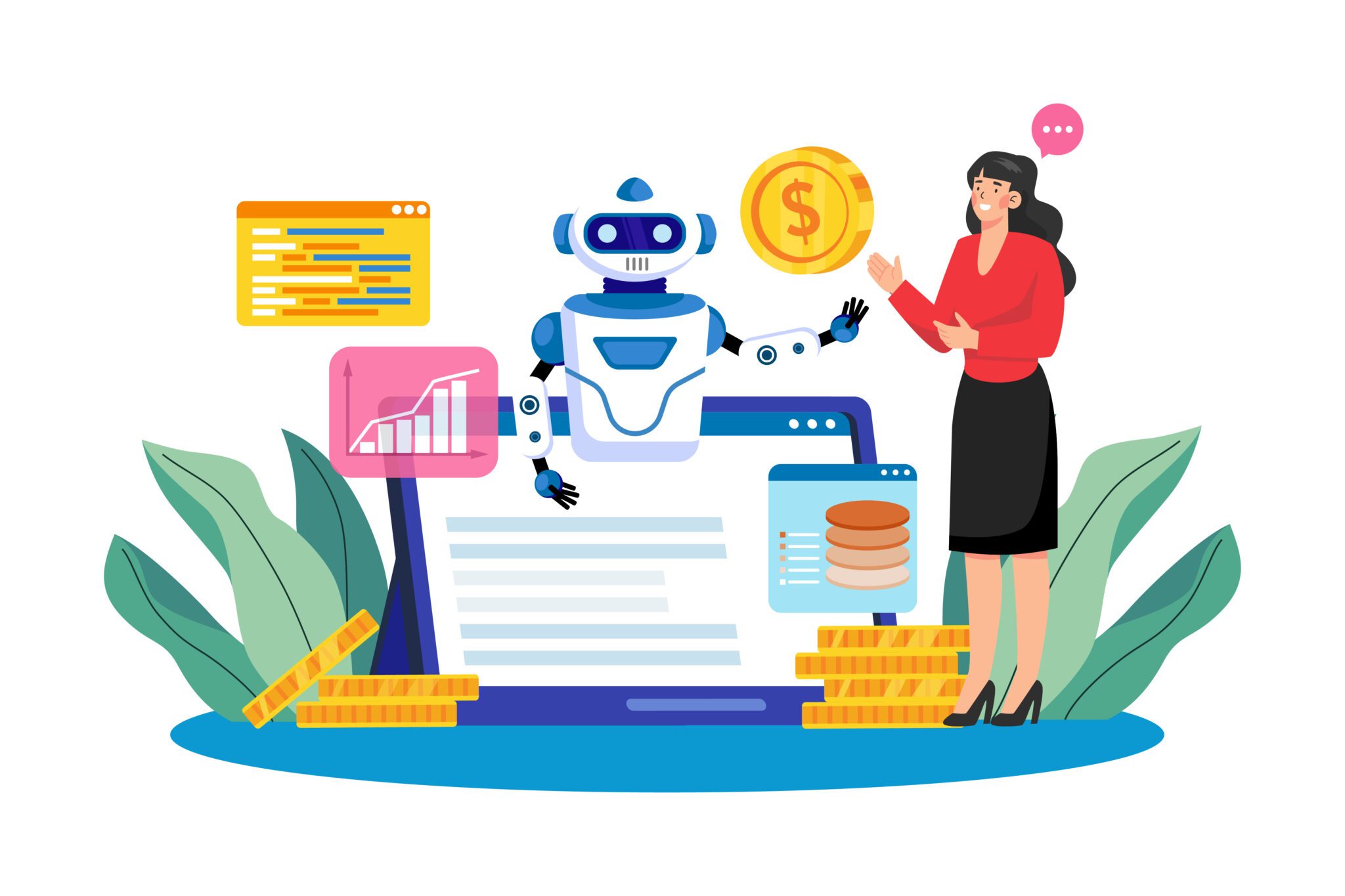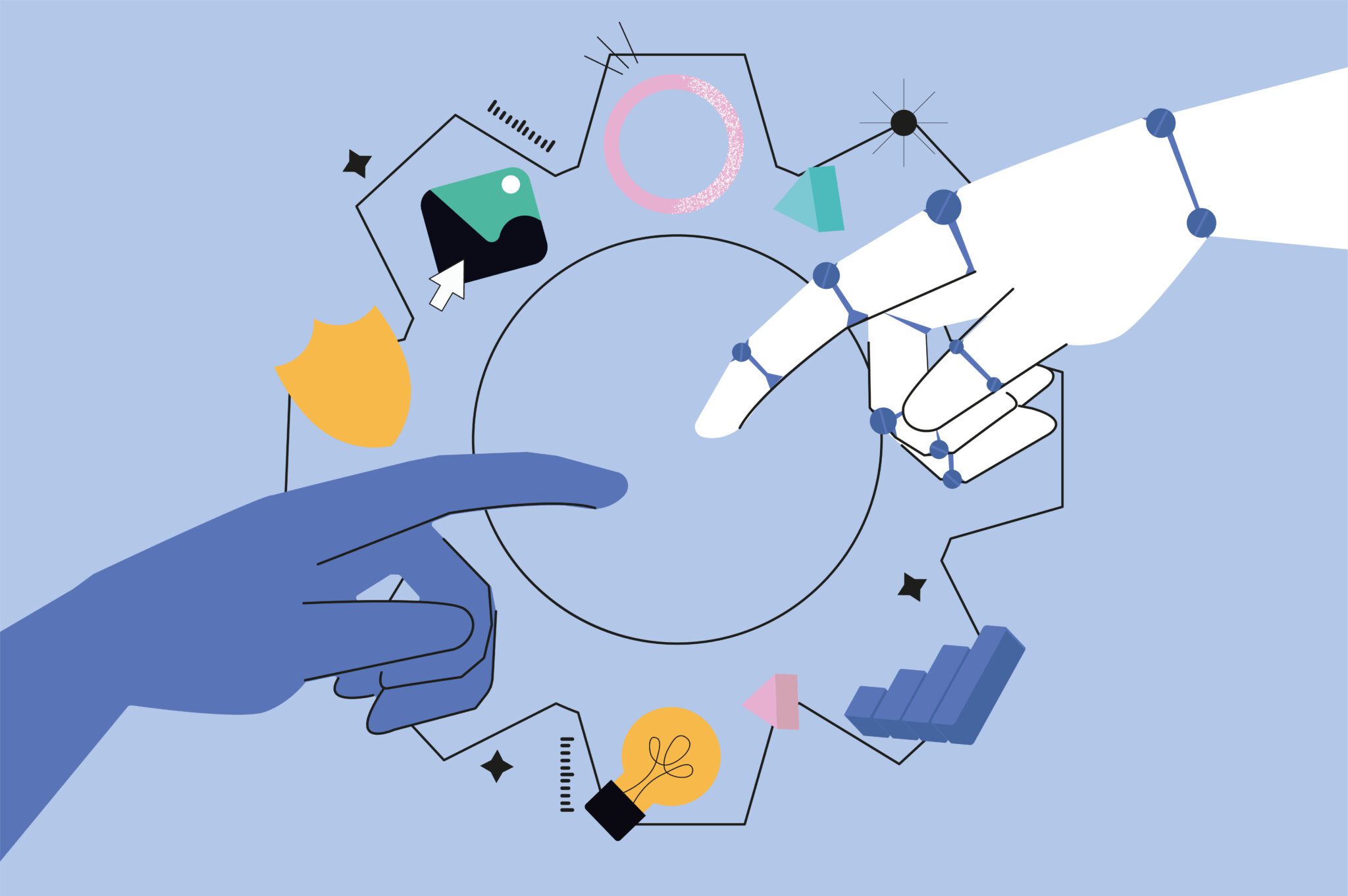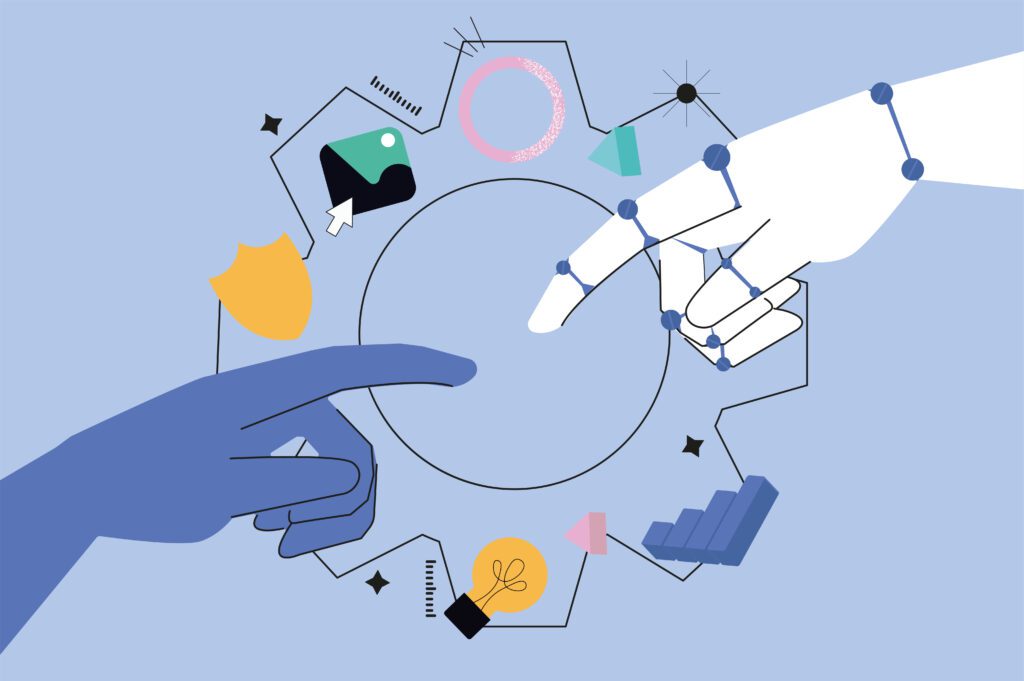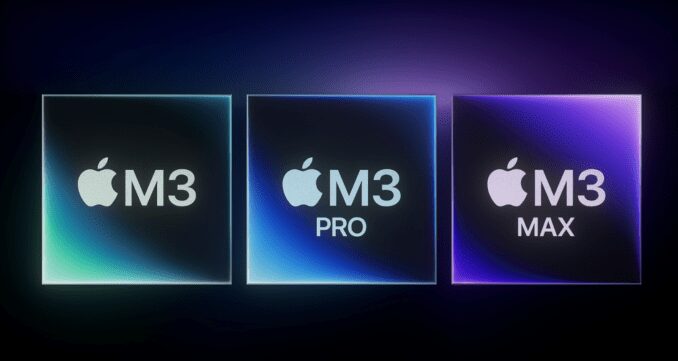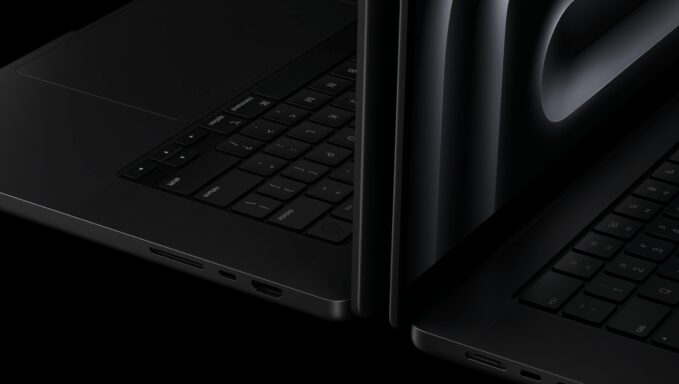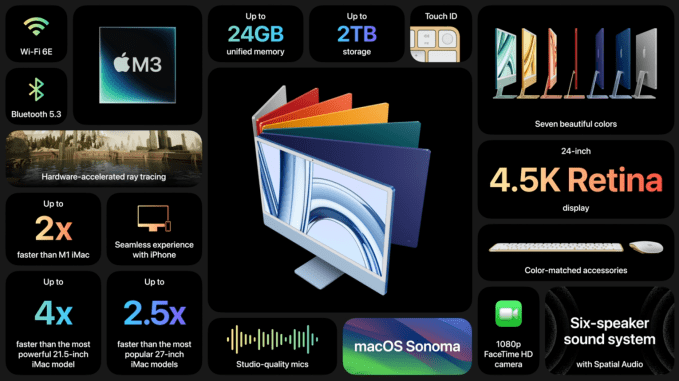After much discussion, the debate over job displacement from artificial intelligence is settling into a consensus. Historically, we’ve never experienced macro-level unemployment from new technologies, so AI is unlikely to make many people jobless in the long term — especially since most advanced countries are now seeing their working-age populations decline. However, because companies are adopting ChatGPT and other generative AI remarkably fast, we may see substantial job displacement in the short term.
Compare AI with the rise of electricity around the turn of the twentieth century. It took factories decades to switch from steam-powered central driveshafts to electric motors for each machine. They had to reorganize their layout in order to take advantage of the new electric technology. The process happened slowly enough that the economy had time to adjust, only new factories adopting the motors at first. As electricity created new jobs, laid-off workers in steam-powered factories could move over. Greater wealth created entirely new industries to engage workers, along with higher expectations.
Something similar happened with the spread of computing in the middle of the twentieth century. It went at a faster pace than electrification, but was still slow enough to prevent mass unemployment.
AI is different because companies are integrating it into their operations so quickly that job losses are likely to mount before the gains arrive. White-collar workers might be especially vulnerable in the short-term. Indeed, commentators are describing an “AI gold rush” rather than a bubble, powered by advanced chipmakers such as Nvidia. Goldman Sachs recently predicted that companies would use it to eliminate a quarter of all current work tasks in the United States and Europe. That probably means tens of millions of people out of work — especially people who thought their specialized knowledge gave them job security.
That leaves two possibilities to mitigate this risk. The first is that governments step in, either to slow down the commercial adoption of AI (highly unlikely), or to offer special welfare programs to support and retrain the newly unemployed.
But there’s another, often neglected possibility that comes without the unintended consequences of governmental intervention. Some companies are rapidly integrating generative AI into their systems, not just to automate tasks, but to empower employees to do more than they could before — i.e., making them more productive. A radical redesign of corporate processes could spark all sorts of new value creation. If many companies do this, then as a society we’ll generate enough new jobs to escape the short-term displacement trap.
But will they? Even the least aggressive company tends to be pretty good about cutting costs. Innovation, however, is another matter. We didn’t worry about this in the past, because we had enough time for a few aggressive companies to gradually change industries. They innovated over time to make up for the slow loss of displaced jobs. That innovation created new jobs and kept unemployment low. But macroeconomically speaking, we don’t have the luxury of time with the AI transition.
So the alternative to relying on the government is to have many companies innovating fast enough to create new jobs at the same pace that the economy as a whole eliminates existing ones. Generative AI is spreading fast in business and society, but that speed also means an opportunity for companies to step up their pace of innovation. If we get enough companies to go on offense in this way, then we won’t have to worry about AI unemployment.
Of course, companies won’t — and shouldn’t — lean into AI in order to solve macroeconomic problems. But fortunately they have good business reasons to do so. The companies that create opportunities from AI will also position themselves to thrive in the long run.
Going on the Offensive with AI
Already we can point to aggressive companies looking to innovate in AI. Having become a trailblazer in reusable rockets and electric cars, Elon Musk is now promising to make Twitter as much of a leader in AI as Microsoft and Google. Musk, however, is a famous outlier and the jury is still out on Twitter. So what does it mean for a company to go on offense with AI?
To answer this question, let’s look at what makes companies adept at navigating the kinds of changes we’re seeing now. One of us (Tabrizi) assembled a team of researchers to study 26 sizable companies with good data from 2006–2022. The team divided the companies into groups of high, medium, and low agility and innovation over time, with comparable data and case studies of each.
What set the agile, innovative companies apart from those who remained neutral or defensive? The team narrowed the differentiators down to eight drivers of agile innovation: existential purpose, obsession with what customers want, a Pygmalion-style influence over colleagues, a startup mindset even after scaling up, a bias for boldness, radical collaboration, the readiness to control tempo, and operating bimodally. Most leaders praise those attributes, but it turns out it’s remarkably hard for big organizations to sustain any of them over time.
Tabrizi has written elsewhere about how Microsoft went on offense to become a corporate leader by overhauling its hierarchy and pursuing partnerships such as with Open AI. But other companies have done something similar with AI as a result of those drivers. Let’s focus on two of the most important drivers here — the bias for boldness and the startup mentality. Getting those drivers in place can take a company far into agile innovation, because these force changes throughout the organization.
A Bias for Boldness
Any company that invests in AI in the near future is likely to make money from it. Yet mere investment is likely to offer only incremental gains. The numbers might look good, especially in cutting costs. But the company will miss the opportunity for big gains by creating substantial value — or a defensible future niche. Cautious investment won’t protect you in the long run from competition, and certainly won’t help us with the macroeconomic challenge we’re facing.
That’s the problem with any new technology: You can proceed cautiously and probably do just fine. Big companies hate risk, which is why they operate as well-oiled machines churning out reliable products at an affordable cost. That’s also why many of them outsource their innovation by acquiring startups — and even that approach often leads to timid improvements. All successful organizations, especially at size, prefer to minimize risk and daring. But as Brené Brown points out, “You can choose courage, or you can choose comfort, but you cannot choose both.”
Boldness has become a corporate cliché, with leaders protesting too much, but with AI we need companies to really mean it — to embrace rather than minimize risk. Take Adobe, whose Photoshop program has long held the largest share of the photographic design market. Adobe could have played it safe as generative AI emerged, adopting it in small areas while waiting to see how the technology worked out. That’s what Kodak did with digital photography, and what Motorola did with digital telephony. But instead, Adobe has pushed generative AI deeply into Photoshop, to the point that ordinary users can create all sorts of videos they couldn’t before. Adobe could have seen AI as a threat or distraction, and it has continued to improve Photoshop without AI. But its leaders had the courage to invest aggressively in AI to elevate what users can do.
Deeper in the technology, Nvidia, the chipmaker, has been getting headlines for offering the best semiconductor chips for AI. To outsiders, the company might just seem lucky, with the right technology at the right time. But Nvidia’s current success is no accident: In the past decade, it aggressively acquired and developed expertise in AI, including creating customized chips and software. We can expect that aggressiveness to continue, enabling not only higher-value offerings for Nvidia, but better uses for AI than simple cost-cutting.
Boldness won’t work every time. But a bias for boldness is essential to overcome the deep-seated risk aversion in corporate hierarchies.
A Startup Mentality
Similar to boldness, and equally important for successful AI, is adopting the mentality of a startup company, no matter your company’s age or size. Startups excel in looking widely at markets and pivoting quickly to what customers are wanting now. Big companies have the resources to apply to those opportunities, but they usually move so slowly, with so many barriers (and lack of boldness), that startups get to markets faster. Open AI, which beat out Google with ChatGPT, had the best of both worlds: a startup mentality free of the hesitations that hampered Google, but with ample resources supplied by Microsoft and other investors.
The startup mindset is not just about courage and flexibility; it also involves a ferocious commitment to big achievement, a kind of hero’s journey to address a great challenge. Instead of predictability churning out good products at scale — though that’s a perfectly worthwhile goal — startups want to create something extraordinary. So they put a premium on looking around, flexibly partnering with others. They dispense with existing structures and biases, no matter how old and respected, in order to get done what needs to be done.
Amazon, the e-commerce giant, demonstrated a startup mentality in its embrace of AI. As the technology developed over a decade ago, the company saw an opportunity in creating a “smart speaker” as a new interface to the web. Amazon had no expertise in AI, but it picked up what it needed through hiring, acquisition, and internal development. The result was the Echo speaker and Alexa digital assistant, which did far more than simply help people order more items for purchase. It opened a new channel for adding value (and jobs) in many areas. Amazon has gone on to invest aggressively in AI beyond Alexa, with CEO Andy Jassy saying the technology promises to “transform and improve virtually every customer experience.”
• • •
Companies can’t adopt these drivers overnight, but they can start moving toward a point of serious commitment to new possibilities. Most of those drivers also work at the level of individuals looking for purpose and achievement in their own careers. They can embrace boldness, adopt a startup mentality, and other imperatives. Like companies, employees can invest aggressively in AI by acquiring the requisite skills and experience — thereby not just protecting their careers, but adding value at a higher level.
Much of corporate life has quite properly been about churning out reliable products at low cost. What we need now, to prevent mass unemployment, is for many firms to break out of this discipline and speed up the AI future. The great danger is that most companies will play it safe, make the easy investments, and do fine in the short term.
Humanity never thrives when it fears innovation. Imagine if the first humans feared fire; yes, they got burned sometimes, but without harnessing the power of it, we might have gone extinct. We think the same applies to AI. Rather than fear it, we need to harness its power. We must put it in the hands of every human being, so we collectively can achieve and live at this higher level.

 News4 days ago
News4 days ago
 News6 days ago
News6 days ago
 News3 days ago
News3 days ago
 News3 days ago
News3 days ago
 News4 days ago
News4 days ago
 News4 days ago
News4 days ago
 News4 days ago
News4 days ago


